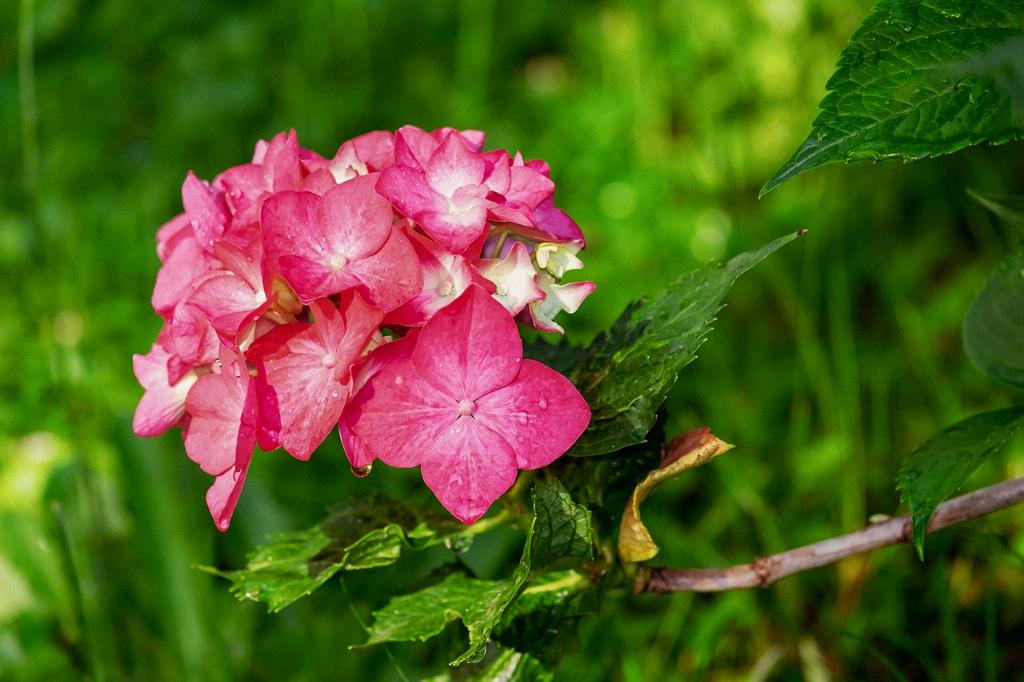Winterizing your hydrangea plants is essential to ensure their survival and thriving growth come springtime. One of the most important steps in winterizing hydrangeas is applying a layer of chunky mulch around the base of the plant. While decorative mulch can be visually appealing, using straw, marsh hay, or fallen leaves can provide better insulation and protection for the plants.
It is recommended to wait until the ground has frozen before applying mulch to your hydrangeas. In warmer zones, you can do this in late fall or early winter. Once the ground is frozen, top-dress the plants with compost to provide additional nutrients and protection during the winter months.
Another crucial aspect of winterizing hydrangea plants is pruning. While some hydrangea varieties require minimal pruning, others benefit from selective trimming to remove dead or damaged branches. Be sure to research your specific hydrangea variety to determine the best pruning practices for winter.
Before the onset of winter, it is important to water your hydrangea plants adequately. Hydrangeas prefer moist soil, especially during the winter when the ground can dry out quickly. Deep watering before the first frost can help the plants retain moisture throughout the winter.
Adding a layer of mulch around the base of your hydrangea plants helps regulate soil temperature and retain moisture, two key factors in winterizing these plants. The mulch also acts as a protective barrier, shielding the roots from extreme cold temperatures and frost damage.
In addition to mulching, consider wrapping burlap around the branches of your hydrangea plants to provide extra protection from harsh winter weather. Burlap can help prevent breakage due to heavy snow or ice accumulation, keeping your plants healthy and intact during the coldest months.
During the winter months, be mindful of sudden temperature changes that can stress hydrangea plants. If possible, try to avoid drastic temperature fluctuations by providing additional shelter or insulation for your plants. This can help prevent damage and ensure the plants remain healthy throughout the winter.
While hydrangeas are generally hardy plants, they can still benefit from some extra care during the winter months. By following these winterizing tips, you can help your hydrangea plants survive the cold season and emerge stronger and healthier in the spring.
Remember to remove any excess snow or ice that accumulates on your hydrangea plants during the winter. Heavy snow can weigh down branches and cause breakage, while ice can damage delicate blooms. Gently brush off any snow or ice to prevent these problems.
Monitoring the moisture levels of the soil around your hydrangea plants is crucial during the winter months. While you want to keep the soil moist, be careful not to overwater, as this can lead to root rot. Use a moisture meter to gauge the soil moisture and adjust your watering accordingly.
Inspect your hydrangea plants regularly during the winter for signs of pests or disease. Cold weather can weaken plants, making them more susceptible to infestations. Keep an eye out for any unusual changes in the plants’ appearance and address any issues promptly to prevent further damage.
As the winter months progress, continue to monitor the health of your hydrangea plants and make any necessary adjustments to ensure their well-being. By providing proper winter care, you can help your hydrangeas survive the cold season and thrive when spring arrives.

